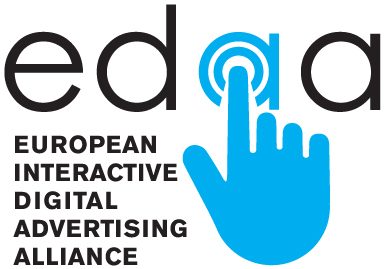Digital advertising and privacy are not mutually exclusive. It is possible to strike the right balance between the two.
The tension between privacy and digital advertising
Privacy is no longer an issue confined to privacy experts and the tech community, it is now a topic of fierce debate in much wider, informal contexts, from university common rooms to dinner party conversations. European citizens are concerned about the potential misuse of personal data online and these concerns have now made their way firmly to the centre-stage of high-level political debates. Policymakers are now grappling with creating policies to foster the development and application of digital technologies, whilst ensuring privacy rights of European citizens are adequately respected. Clare Bury, Deputy Director General of DG CNECT, explained at a recent FEDMA (Federation of European Direct and Interactive Marketing) event on ‘Combining Modern Marketing & Privacy’ that the intention of the Commission, in proposing new ePrivacy rules is exactly to strike this balance between privacy and access to data.
Funding online services
The crux of the issue is that the digital ad industry relies heavily on data-driven technology, to deliver advertising matched to the interests and preferences of internet users (otherwise known as online behavioural advertising (OBA)) and as such lies at the intersection of privacy concerns and digital technology. But here is where the balance also lies: because consumers do accept data exchange as part of the modern economy, the real sticking point is that they feel as though they do not benefit from the data exchange. A recent study carried out by the DDMA (Data Driven Marketing Association, Netherlands), entitled ‘What consumers think about data’ found that 75% of consumers are willing to share data, but 89% of them state that business currently benefits most. What is even more interesting is that the collection and use of data for digital ads makes it possible to fund a wealth of content, services and applications for consumers at little or no cost. According to the Guardian, advertising is actually the main source of funding for most websites and social networks. For example, in 2015, paid-for app revenues were replaced by advertising as the top revenue source (‘Paving the way: How online advertising enables the digital economy of the future’ by IHS Technology).The main challenge for the ad industry is to invest in users’ trust, starting with transparency.
Offering European citizens the opportunity to manage their online ad preferences
The digital ad industry offers a way to enhance trust and transparency by raising the bar on good business practice amongst industry players through its self-regulatory OBA Programme. Through the Programme, companies provide enhanced transparency to all internet users about the practice of OBA, through delivering an icon on online ads, providing meaningful and contextual information. Furthermore, the Programme offers real choice and control in managing preferences when it comes to receiving OBA, since it is possible to choose whether to receive OBA from the companies participating in the programme through a simple click of a mouse on the www.YourOnlineChoices.eu platform. And the programme has delivered in balancing privacy concerns with OBA practices to the extent that more than 2 in 5 respondents (44%) across 15 European countries report being more favourable about the concept of OBA when having information on OBA available to them and the opportunity to manage whether to receive OBA from companies participating in the programme.
By Mathilde Fiquet, Vice-Chair, EDAA


